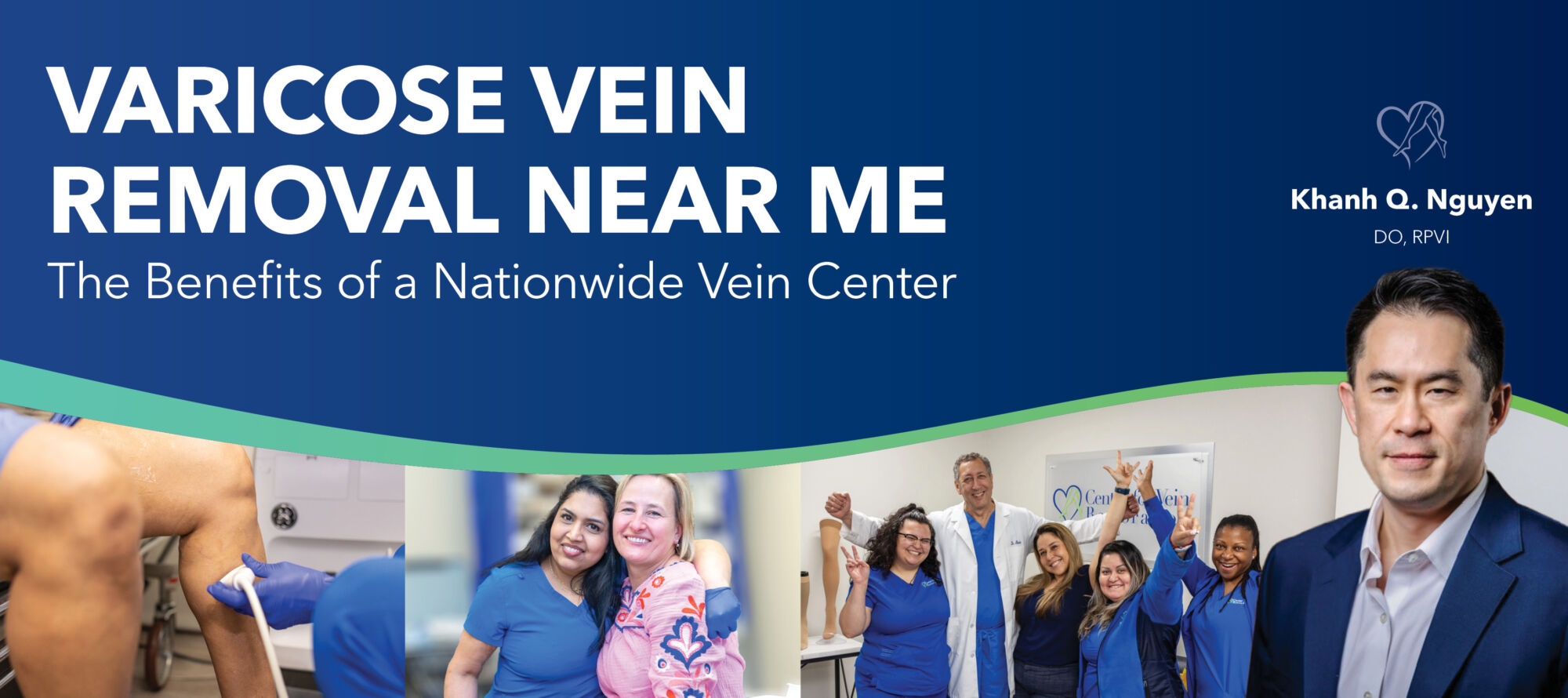

Explore the differences between visual and foam sclerotherapy for spider and small varicose veins. These two minimally invasive treatments offer effective solutions tailored to your vein health needs, whether you’re focused on cosmetic improvement or relief from discomfort. Learn how each technique works, their unique benefits, and what to expect during treatment to make the best choice for healthier, more confident legs.

Hormones play a vital role in vein health, with fluctuations in estrogen, progesterone, and testosterone influencing the development of varicose veins, spider veins, and venous insufficiency. This blog explores the ways hormonal changes impact vein structure and blood flow, particularly during life stages like pregnancy and menopause. By understanding the connection between hormones and vein health, you can take steps to manage and prevent these common, often uncomfortable conditions.

Explore the link between Pelvic Congestion Syndrome (PCS) and blood clots. PCS, a painful yet frequently overlooked condition affecting women, can lead to blood pooling in the pelvic veins, increasing the potential for clot formation. Understanding this connection is essential for those at risk, as untreated PCS may elevate the chance of serious complications like deep vein thrombosis (DVT).

In this insightful blog, we explore the reasons why veins may become more prominent as we age and what you can do to maintain vein health. Learn about the factors that contribute to vein issues and discover practical tips to keep your veins healthy, along with effective treatment options from Center for Vein Restoration. Don’t let varicose veins become an unwelcome part of getting older—find out how to take proactive steps for healthier veins today!

Dr. Mohamed T. Hassan offers expert insights into the three primary types of leg ulcers: venous, arterial, and diabetic. Each type has distinct causes, symptoms, and recommended treatments, and understanding these differences is essential for effective care. Dr. Hassan explains key characteristics of each ulcer type, helping readers identify their symptoms and seek appropriate medical attention to prevent complications. As a lead physician at the Center for Vein Restoration, he emphasizes the importance of timely intervention and offers solutions to improve quality of life for those affected by leg ulcers.

This blog outlines the differences between provoked and unprovoked deep vein thrombosis (DVT). Provoked DVT is linked to identifiable risk factors such as surgery or immobilization, while unprovoked DVT occurs without clear triggers. The blog covers causes, symptoms, and treatment options, highlighting the importance of early diagnosis and management for both types.

This blog dispels common misconceptions surrounding sclerotherapy, a minimally invasive treatment for spider and varicose veins. It clarifies that sclerotherapy is not just a cosmetic procedure but also a medical treatment for vein disease, offering significant symptom relief. The blog highlights the painless nature of the procedure, its efficacy for both small and larger veins, and its quick recovery time. Readers will gain a better understanding of this safe, office-based treatment and its benefits for overall leg health.

This blog explores the often-overlooked link between vein health and emotional well-being, specifically how conditions like varicose veins can affect self-esteem, body image, and mental health. It discusses the visible and physical symptoms of vein issues and how these can impact one’s confidence and lead to social withdrawal. Drawing on studies, the blog highlights the importance of early treatment, which not only improves physical comfort but can also enhance emotional health.